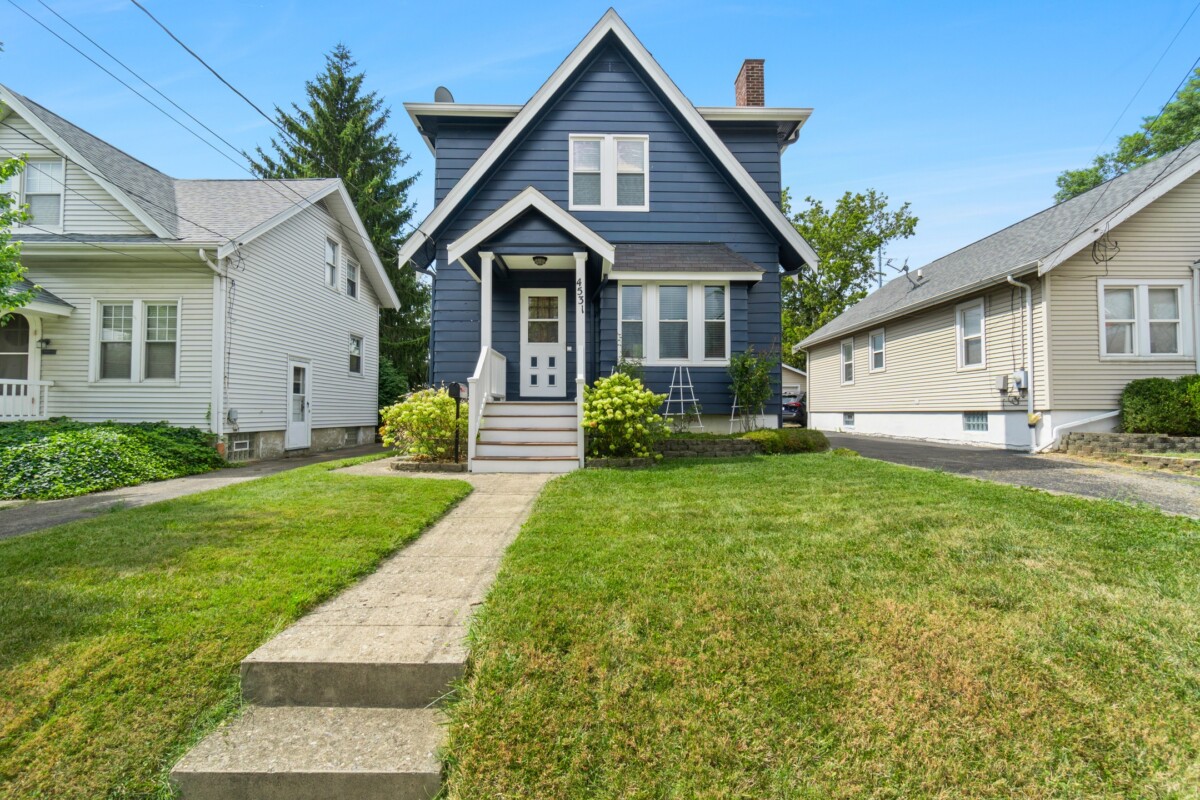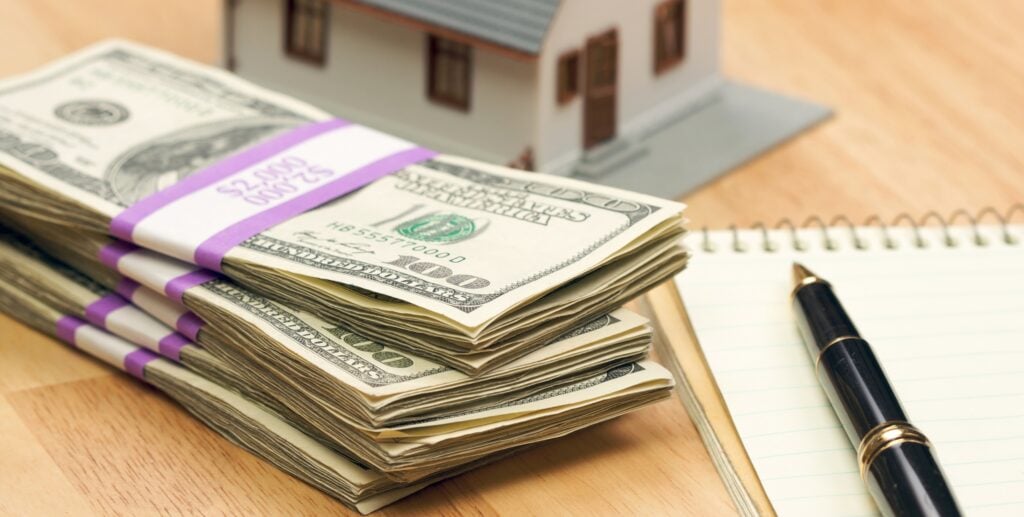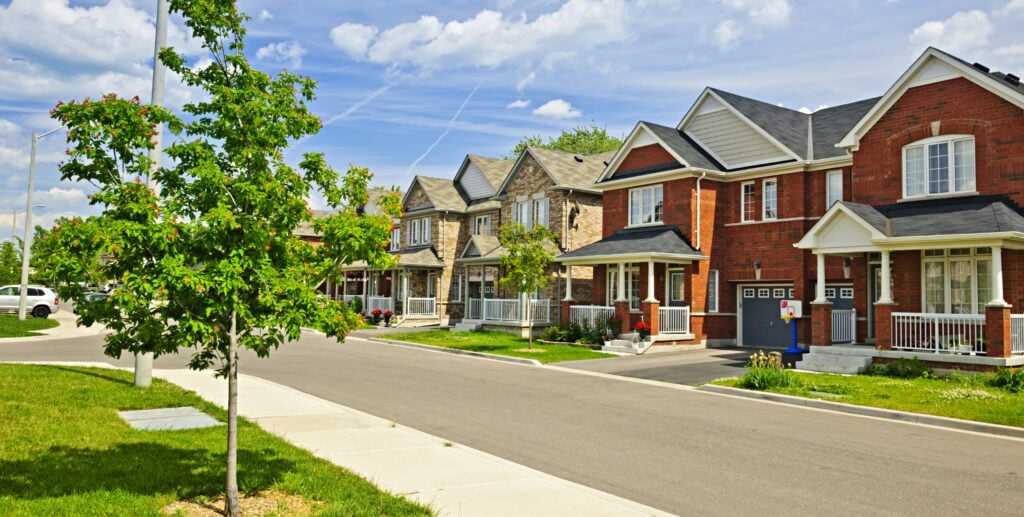When To Buy Down Your Interest Rate

Paying upfront to lower your interest rate may help if you want lower payments or plan to stay in your home long-term.
Buying a home is one of the biggest financial decisions you’ll make – and the interest rate you lock in can significantly affect your monthly payments and total cost over time. One way to lower your rate is by buying down your mortgage using discount points. But is it the right move for you? In this Redfin article, we break down how buying down your interest rate works, when it might make sense, and what to consider so you can decide if this strategy is right for you. So whether you’re buying a home in Austin or a property in Denver, let’s explore how a mortgage buydown could help you save money – and whether it fits your homebuying goals and timeline.

What is a mortgage buydown?
Buying down your interest rate means paying an upfront fee at closing, known as discount points, to reduce your mortgage interest rate for the life of the loan. One discount point typically costs 1% of your total loan amount and can lower your interest rate by around 0.25%, though this can vary by lender and market conditions.
Example: ,
If you’re taking out a $400,000 mortgage, one discount point would cost $4,000 upfront but could lower your interest rate from 7% to 6.75%. This can reduce your monthly payment and the total interest you pay over the life of your mortgage.
When should you buy down your mortgage rate?
Buying down your interest rate can be a smart move, but only in the right circumstances. Here are scenarios where it may make financial sense:
You plan to stay in the home long-term
If you plan to stay in your home for several years, the upfront cost of points can pay off through lower monthly payments and reduced total interest paid.
Interest rates are high
Buying down your rate can help when current interest rates are high, allowing you to secure a more manageable payment while rates remain elevated.
You have extra cash at closing
If you have extra funds after your down payment and moving expenses, using that cash to buy points can lower your payments without depleting your emergency savings.
Your credit score is strong
A high credit score can help you negotiate even better terms when buying down your rate, maximizing your savings.
You want to lower your monthly housing costs
If keeping your monthly payment low is a priority, a buydown can help create more room in your monthly budget. Buying down your interest rate makes the most sense if you plan to stay in your home long enough to recover the upfront cost and benefit from lower payments. If this fits your financial goals, talk with your lender about how many points you can buy and what you could save.
When a buy down might not be worth it
A buydown isn’t always the best use of your money. Here’s when to think twice:
You plan to move or refinance soon
If you’re likely to sell or refinance within a few years, you may not break even on the upfront cost.
You need that cash for something else
Using your funds for discount points might not be wise if you have higher-priority goals, like building an emergency fund, paying down high-interest debt, or covering renovation costs.
Rates are expected to fall
If market trends suggest rates might drop soon, it may be smarter to wait and refinance later instead of paying to lock in a lower rate now.
Pros and cons of buying down your interest rate
Pros:
- Lowers your monthly mortgage payment, freeing up cash flow.
- May help you qualify for a higher loan amount.
- Potential tax deduction if you itemize and the points qualify.
Cons:
- Requires higher upfront costs at closing.
- May not pay off if you sell or refinance before reaching the break-even point.
- Could reduce your negotiation leverage with sellers or builders if you request them to cover the buydown.
How to calculate your breakeven point
Before buying down your rate, calculate your breakeven point – the amount of time it takes for your monthly savings to repay the upfront cost.Use this simple formula:
Total cost of points ÷ monthly savings = breakeven months
For example, if you pay $4,000 for points and save $100 each month, it will take 40 months (about 3 years and 4 months) to break even. If you plan to stay in your home longer than the breakeven point, buying down your rate can save you money over time.
Calculating your breakeven helps you decide if buying points makes sense based on your timeline and financial goals.
Temporary vs. permanent mortgage buydown:
There are two main types of mortgage rate buydowns, and each works a little differently.
Temporary buy down
A temporary buy down lowers your interest rate for the first few years of your mortgage, reducing your initial monthly payments and making homeownership more affordable upfront. Common structures, like the 2-1 buydown, lower your rate by 2% in the first year and 1% in the second year before reverting to your original rate in year three. This strategy is often used by buyers who expect their income to increase in the near future or plan to refinance within a few years, allowing them to ease into mortgage payments while managing other expenses.
Permanent buy down
A permanent buy down reduces your interest rate for the entire life of the loan. To secure this lower rate, you pay upfront at closing by purchasing discount points (typically 1% of your loan amount per point, lowering your rate by around 0.25% per point). Unlike a temporary buy down, the savings continue month after month, making it a good choice for buyers who plan to stay in their home long-term and want predictable, lower monthly payments over the life of their mortgage.
Which option is right for you?
- Choose a temporary buy down if you want lower payments in the first few years, expect your income to rise, or plan to refinance soon.
- Choose a permanent buy down if you plan to stay in your home long-term and want consistent monthly savings that add up over time.
How to pay for a mortgage rate buydown
Option 1: Pay with your own funds at closing
You can pay for a mortgage rate buydown out of pocket at closing, in addition to your down payment, closing costs, taxes, and insurance. This option requires you to have extra cash available but can be worthwhile if you plan to stay in the home long enough to benefit from the lower payments.
Option 2: Ask the seller or builder to cover the buydown
In some cases, you can negotiate for the seller or builder to pay for the buydown as part of your purchase agreement, especially in a buyer’s market or when purchasing new construction. This allows you to secure a lower interest rate without using your own cash upfront.
Option 3: Increase your offer to fund the buydown
Another option is to offer a higher purchase price and ask the seller to credit that additional amount back to you at closing to cover the buydown. This effectively spreads the cost of the buydown over the life of your mortgage. However, this strategy only works if the home appraises at the higher price, so it’s important to discuss this approach with your agent and lender.
Bottom line
If you think a mortgage rate buydown could help you manage your payments, talk with your lender to explore your options and calculate your breakeven point. Understanding how you can pay for a buydown will help you decide if it fits your budget and long-term plans.
FAQs about buying down your mortgage interest rate
1. Is it better to put extra money toward a buydown or a larger down payment?
A larger down payment lowers your loan amount and may eliminate PMI, while a buydown lowers your interest rate for long-term savings. The better option depends on your goals, loan size, and how long you plan to stay in the home.
2. Can sellers pay for discount points?
Yes, sellers can pay for discount points as part of closing cost negotiations, but limits may apply based on your loan type.
3. Are mortgage points tax deductible?
Discount points are often tax deductible if the home is your primary residence, but check with a tax professional to confirm your eligibility.
4. How much does it cost to buy down an interest rate?
One discount point typically costs 1% of your loan amount and lowers your rate by about 0.25%, but this can vary by lender.
Source link






